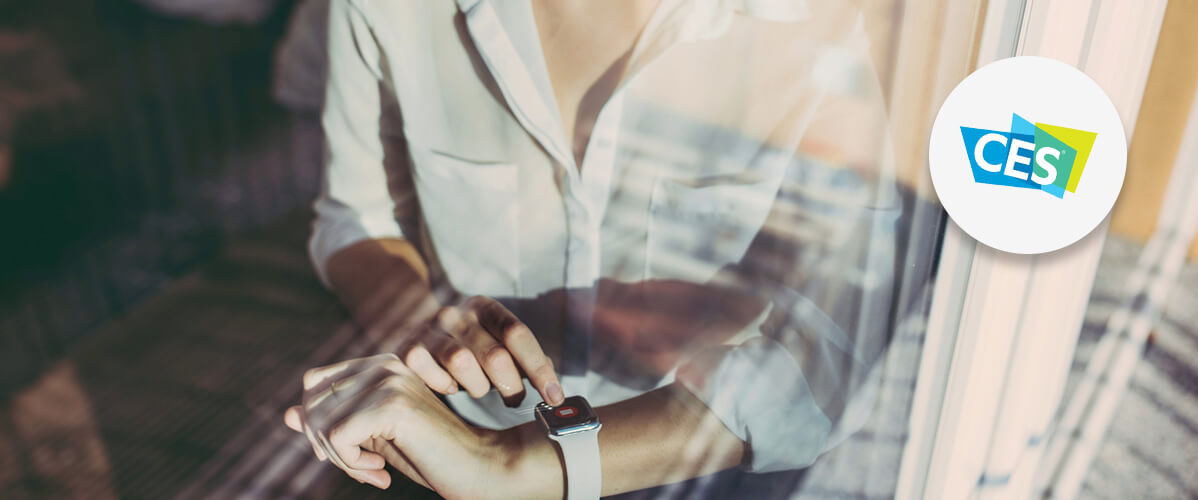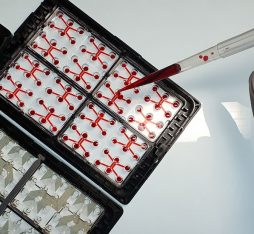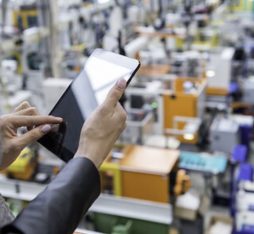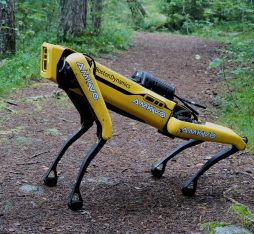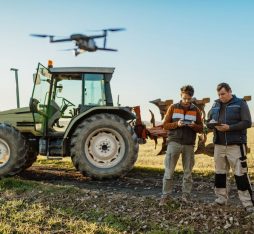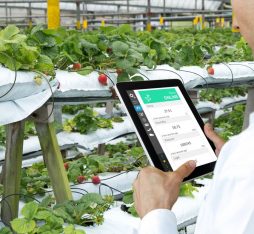Humanizing interfaces and robots requires advanced customization and continuous learning of algorithms.
From year to year, the CES has been offering you, tangible, physical feel for the technological trends that are in use around the world, as well as the scale of investment made by a variety of actors to transform a trend into one industry while at the same time reducing the impact on the industry Competitive advantage of the “first mover” or the first market participant. We all felt this through 3D printing, UAVs, 4K TV, smartphones and their various functions, and more recently, through big data, artificial intelligence, Internet of Things and robotics.
In particular, the CES 2018 seems to announce a massive integration of the aspects of simple recognition, reactive management, emotion simulation, video counting and, of course, in “low-cost” mode.
Ultra-personalization on the go
The humanization of interfaces, robots and dialogues inevitably requires a high level of personalization and the development of a sense of adaptation and continuous learning of the algorithms offered within the various services. The connected mirrors that I had the opportunity to see for the first time a few years ago in Japan in the Panasonic showroom, accurately diagnosed the you skin’s specific needs based on your physical condition, the daily weather and pollution prediction. The French team from Romy, which was already represented at CES last year, has now been able to connect its device to these interactive terminals in order to adapt the day or night cream formula to the optimal conditions. And to give you the best possible physical performance both outdoors and indoors, Lifefuels gives you the power to add a wide range of optimally dosed multi-vitamin capsules to your drinking water during the day.
Industrial technologies which are accessible to as many people as possible
The personalization of consumer goods may seem useful, but one cannot imagine that there is a major obstacle to accessing the market. This distinguishes consumer goods from some of the most sophisticated and expensive technologies in the industry. Twenty years ago, the business or B2B market shaped the modern age and promised a medium-term impact on the consumer market. With the rise of personal computing through the proliferation of home computers and then smartphones, the innovation machinery has repositioned itself on the B2C side. Businesses no longer have to wait for parents to tell their children about innovation. The latter are the ones who today explain the use of new innovative devices to their parents.
However, some expensive and hitherto designated “niche areas” have resisted the B2C tsunami in order to remain preserve of the industrialists.
What if these last bastions were to be literally brought down to their knees? Has not Elon Musk made the aerospace industry look so bad lately with its low-cost launchers?
Selection of treasures
Here is a selection of CES 2018 treasures that will help us to democratize technologies and uses hitherto that has so far been dedicated to the industrialists.
Honoured with a CES award, the Marseille based company Lavie, start a participative charity campaign, want to democratize the purification of tap water by UV treatment. In a period of 20 minutes, the cost of cleaning one litre of water with the simulated electricity consumption is one euro for 500 litres. The system LEDs have a lifetime of about 10 years. These are enough impressive numbers to imagine democratization ….
For the analysis and traceability of products in various fields, such as art, health, biology and criminal investigations Specim offers a high-precision mass spectrometer in the form factor of a camera.
Also in the analysis, but with a broader perspective, as an astronomy enthusiast, I can no longer wait for the test of UniStellarOptics‘ “intelligent” light amplification system for telescopes. Kickstarter has already raised $2 million to develop this intriguing technology and its associated mobile app.
And to conclude the selection of trends in this section, I am undeniably fascinated by Mars, Immediate Translation Headphones, which have emerged as a result of the collaboration between Nave and Line. This system is currently intended for the Korean market and is based on Clova, Line’s AI. Each speaker only needs one earpiece and the system translates conversations from one earpiece to the other in ten languages “on-the-fly”! In addition, under the rising tide of new voice assistants and their intelligent speakers, Line recently launched its service in Japan under the name Clova Wave.

